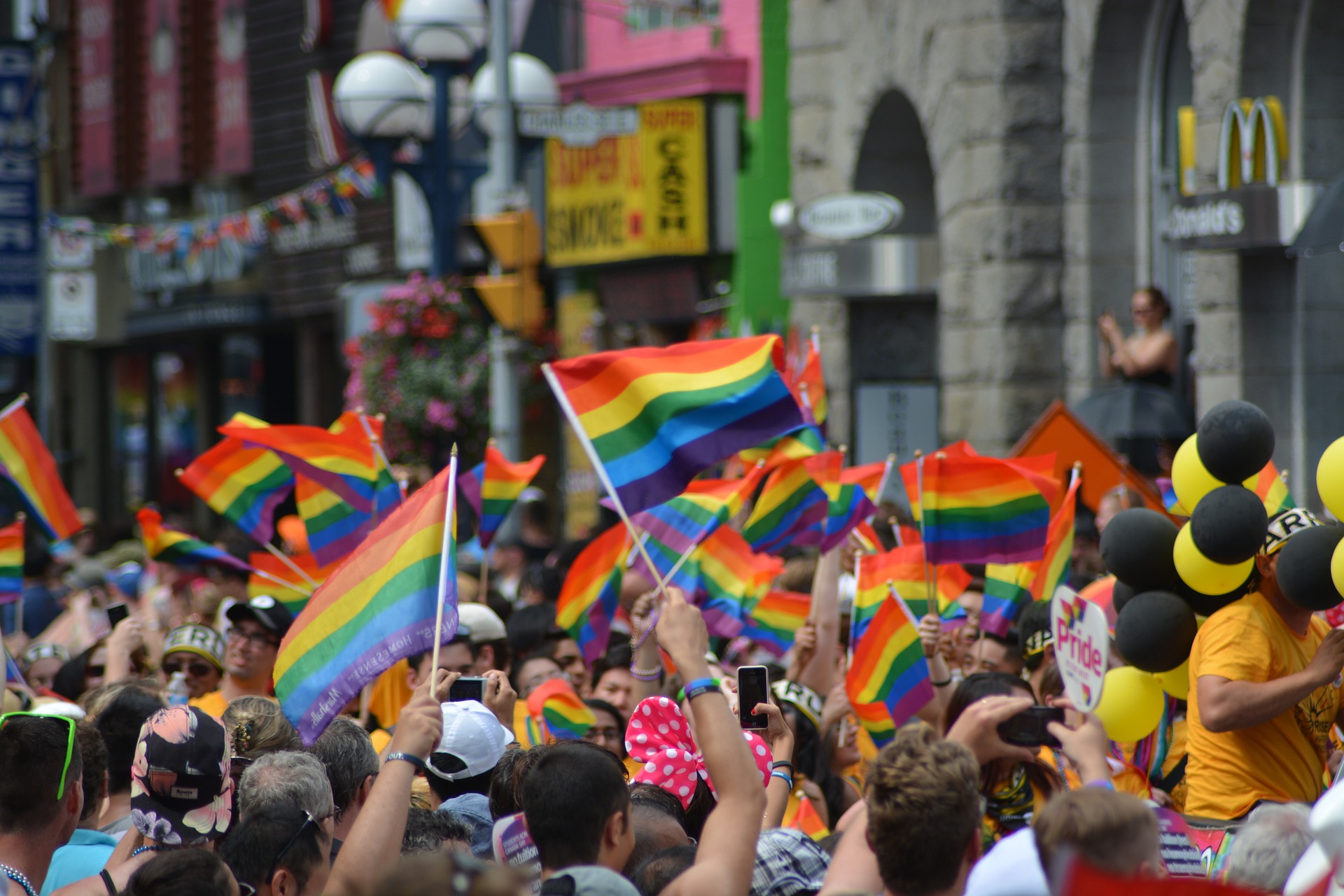Hey You!
Do you feel like a man? Female? Both? Neither one nor the other? No right or wrong answer. No universal answer either. That’s the message the LGBTQI+ community is trying to get across. The latest action launched that’s getting people talking? A massive change in the biographies of internet users and content creators on the social network Twitter, to include gender pronouns. A smart way to get people talking about the subject and to raise awareness. Passion Media comes back with you on this subject that promises to revolutionize our societies.
An initiative of the LGBTQI+ community
It’s a fight they have been waging for many years: the recognition of gender, of all genders. Their will? To change the way society looks at different types of sexuality, especially that of transgender people. Their actions go through awareness, and punch actions.
A movement that appeared on Tumblr
Tumblr, the micro-blogging platform, was a precursor on the subject. Communities have developed freely on Tumblr in order to question themselves on the subjects of sex, gender and sexual orientation. Many contents have been developed in this sense: educational, playful, explanatory. One question comes up: how to make the general public understand and accept that gender is not binary (male/female) but multiple, and that it is not given as such at birth? The approach has reached its audience. It was a success and the community grew, eventually reaching the public sphere.
The concept of GenderBread Person
Have you ever heard the concept of the GenderBread Person? It is a concept based on 4 essential elements that would allow to define in an exact and complete way the gender of each person:
- biological sex (physical characteristics given at birth)
- sexual orientation (sexual attraction)
- gender expression (simply put, appearances)
- gender identity (the definition of how one feels, and its legal approach)
The different forms of pronouns
The idea of this movement is to be able to put a name to it, and to clarify the contours of the concept of gender. It is also a way for many people to put concrete words on what they are, how they feel. In this logic, pronouns are essential. It is therefore with this approach that first names have arrived in the Twitter bio of many users. There are the “classics” (he/she), but there are also others (inclusive pronouns, plural pronouns, etc…). Here is a quick overview of the existing formulas.
Focus on the non-binary gender
As opposed to the male/female distinction, there is the non-binary gender. In other words? These are people who recognize themselves through certain traits of a man and/or a woman. Easier to express in English (they/them), some people have created declensions for the French language. These are neologisms such as “iel” (the best known) or “illes” (a mix between ils and elles). There are also neologisms for people who don’t recognize themselves in either gender. Here are some examples: “elli”, “yel”, “ael”, or “ul”, “ele” or “ol”.
The relationship to gender is a complex subject, on which many experts are working today. Long relegated to oblivion, it is regularly brought to the forefront, and embodied as a real struggle by many communities who feel excluded and do not recognize themselves in the current vision of things. It is also a very personal, often long and sometimes complicated process. At this stage, no universal rule is defined and applied. To each his own approach, his own name, his own definition.
At the forefront of a societal fight
Derived from the English expression “gender fluid”, the term gathers all those who, in their gender identity, do not feel :
- neither completely male nor completely female
- at the same time man and woman
- man born in a woman’s body or vice versa
In other words? All that does not correspond exactly to our binary vision (man and woman) of our modern society. And they are numerous. This mass effect starts to have an impact. The media is seizing the subject, the word is freed. In 2019, Vogue released an issue dedicated to the subject entitled “Fashion, beauty, new identity … the unisex glow”. L’Obs quickly followed suit with a front page entitled “Neither girl nor boy” associated with an editorial entitled “50 shades of gender”.
Towards an evolving gender identity
Another essential point of this movement: gender identity is not defined in a unique way, for a lifetime. It evolves according to the space, the moment, the feeling. More concretely, it changes and metamorphoses according to the evolution of each individual. On this point, Millennials and Generation Z are precursors. Numerous studies have been conducted in this area.
)




